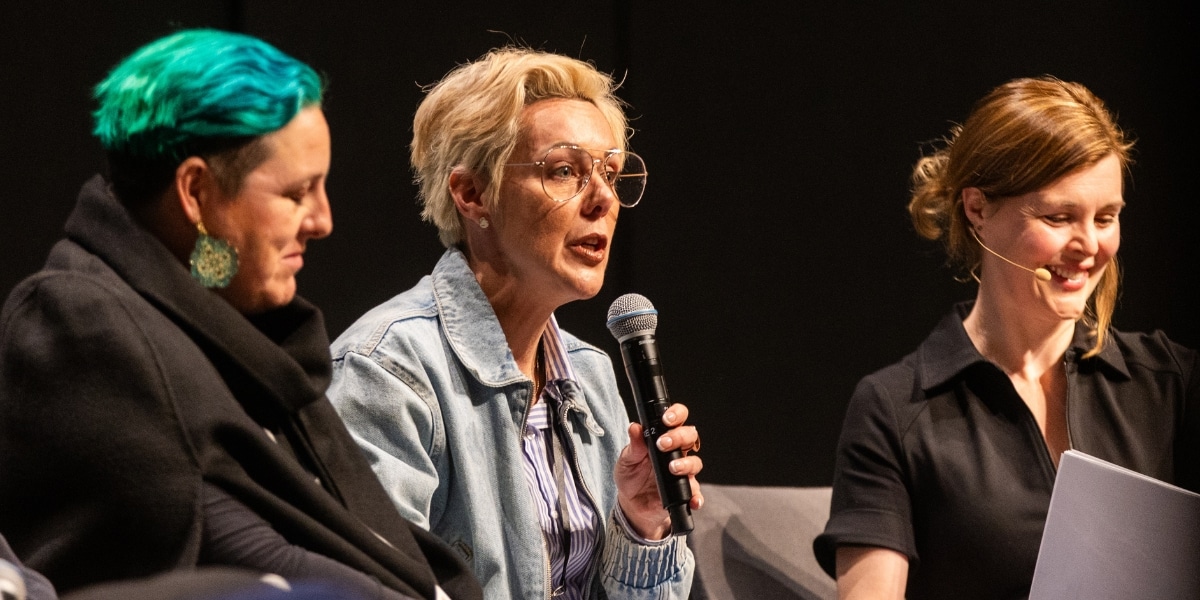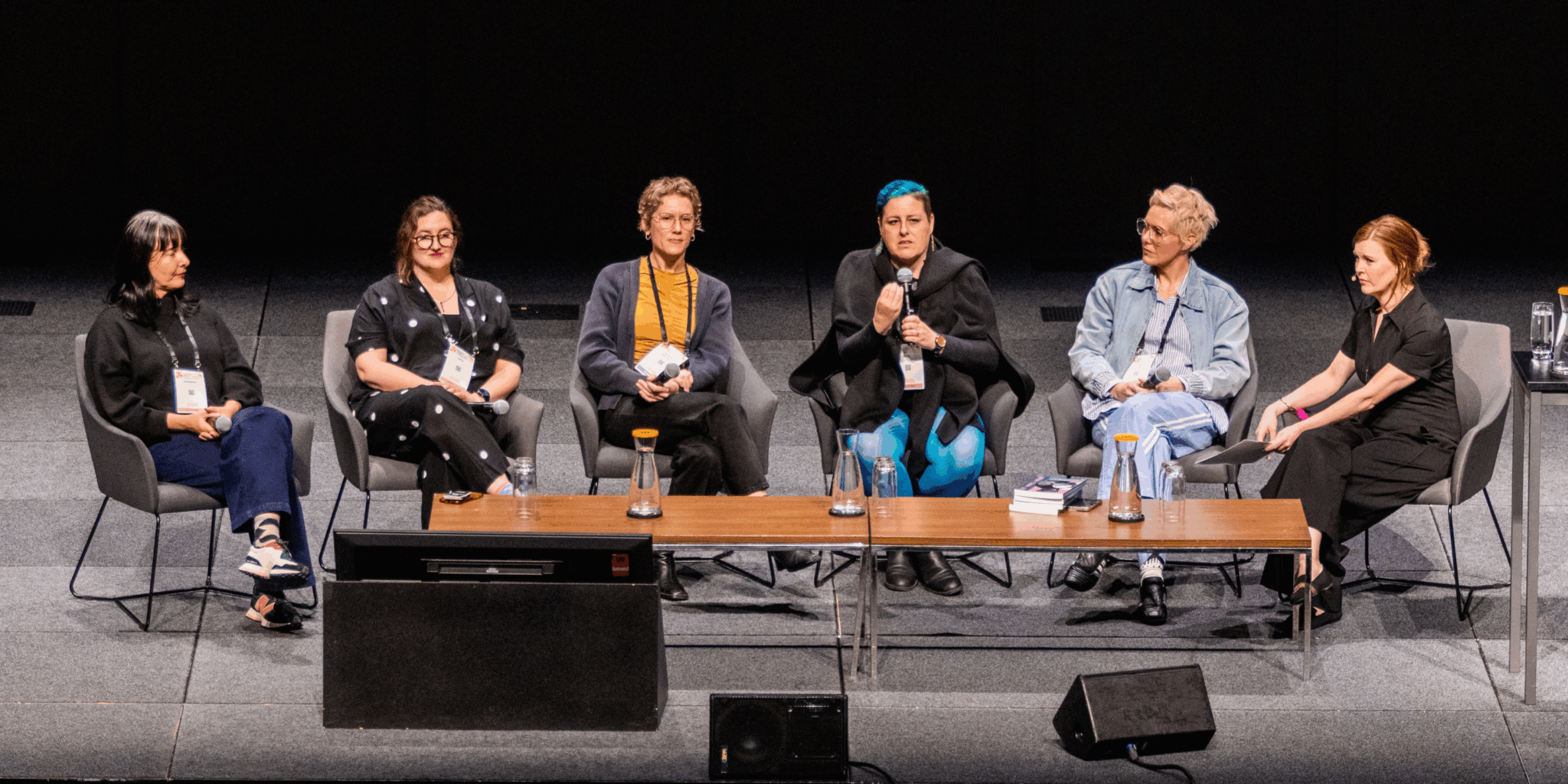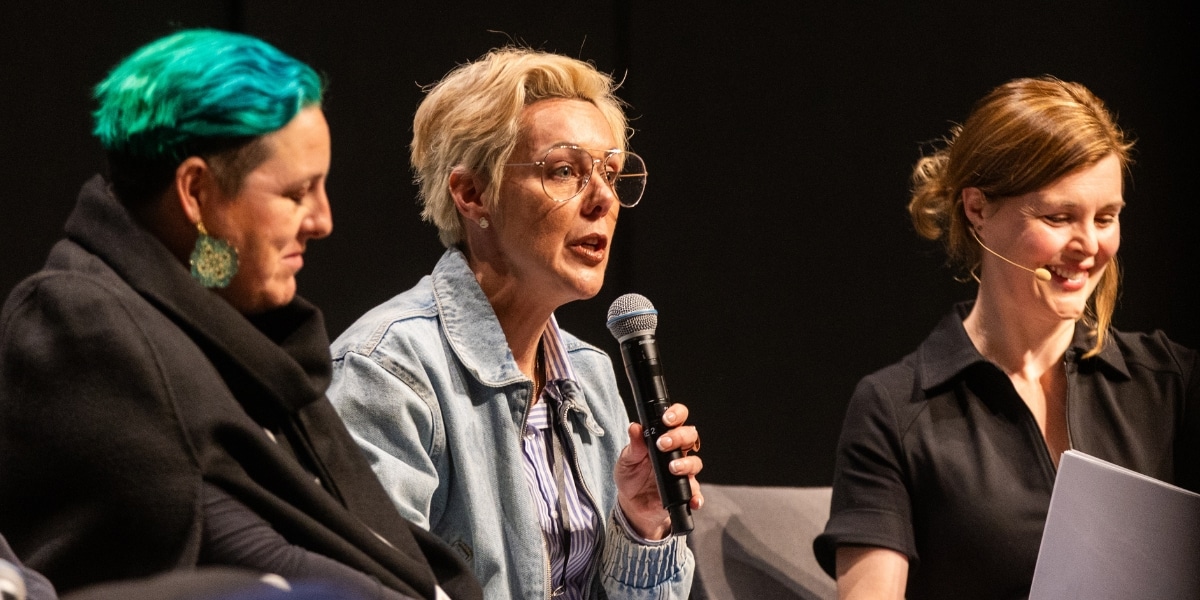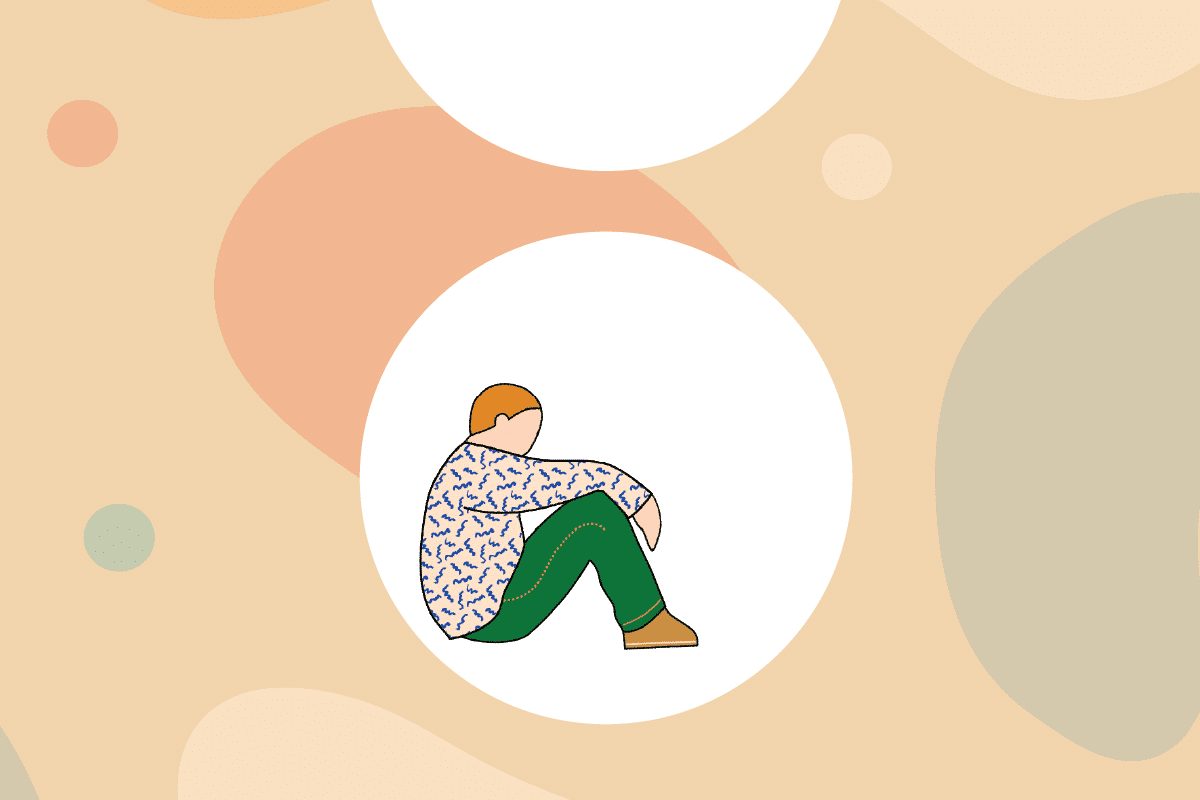The film that brought a trauma conference to its feet
Sep 2025
Written by Kelly Royds
The standing ovation said it all. When the participants of Left Write Hook walked onto the stage at the International Childhood Trauma Conference, the room erupted into applause. People were on their feet, clapping and cheering. It was a moment that captured the power of watching together. A film that already carried so much weight suddenly became more than a story on a screen. It became a shared act of recognition and solidarity.
I had first seen Left Write Hook on Netflix. Even at home it struck me deeply. The writing. The boxing. The visual poetry of participants drawing across black walls, walking through cardboard sets, driving roads that led back to their childhood selves. The music carried the stories long after the credits ended.
But in a cinema, with hundreds of others, it landed differently. You could feel the quiet of the opening writing sequences in your body. You could hear the rhythm of the boxing gloves echo against the score. You could sense the emotion ripple through the room as participants cried and punched their way through memories that words alone could not carry. Repetition mattered. Writing again. Punching again. Sharing the story again until something began to shift.

As Donna Lyon, the film’s creator, has reflected: “Boxing brought up buried emotion deep inside of me… Hitting a bag hard, training, sweating, focusing on my body and breath, movement and speed; toying with being relaxed and calm, yet sharp and on point. Boxing is a delicate interplay between the physical and the mental. It is both art and skill.” That interplay between art and movement, silence and sound, body and story, is what makes the film so powerful.
The panel conversation that followed the screening highlighted the care behind the project. Participants spoke about ethical storytelling, consent, and the wrap-around supports that allowed them to take part safely. They shared how being in the film and now travelling with it has been transformative — not just telling their stories, but feeling them received by audiences across the country.

For professionals, I think there is something here worth pausing on. Left Write Hook shows us how creativity and the body can both play a role in making sense of hurt. Writing, drawing, boxing, music — these are not extras to healing, they are central pathways. Watching the film with colleagues could be a way to reflect on how we bring more of this into our own practice. How do we create spaces where children and young people can use art, movement, and storytelling to process what has happened to them? How do we build connections that make healing a collective act rather than an isolated one?
Left Write Hook is still touring with screenings and panels around Australia. See upcoming sessions here or watch it anytime on Netflix. However you choose to watch, I recommend not watching it alone. Bring others, and let it start a conversation about the power of creativity, movement, and story in healing.

